This fluctuation and measurement of current is conveyed in the form of voltage signal to the engine control unit (ECU), which then determines the correct proportion of fuel to inject into the engine based on a known air-fuel mixture ratio.
Most people know what engines and radiators are but few actually know anything about the mass air flow (MAF) sensor, or where it is located.
The MAF is located along the air intake of your car after the air filter and before the throttle body, and it measures, as its name implies, the mass of air flow into the engine.
There are a number of types of MAF such as the Kármán vortex sensor, membrane sensor, cold-wire sensor, but the two main types of MAF are hot-wire (hot-film is another variation) sensor and vane meter sensor.
For the discussion in today’s posting, we will be talking about the MAF hot-wire sensor. Please refer to the box on the right to get a fundamental understanding of how this sensor works.
Hot-Wire Type MAF Sensor
The hot-wire type sensor responds very quickly to changes in air flow, and is sensitive enough to respond in situations of low airflow, unlike the vane meter type which requires a moving vane and corresponding potentiometer.
Without a moving vane, there are no moving mechanical parts that could wear over time that could affect its accuracy. However, any fine dirt that could make its way past the air filter could accumulate over time on the hot wire, thus also affecting its accuracy.
It is this reason that the hot-wire sensor requires cleaning, which forms the topic of our discussion today.
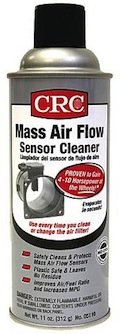
“But some of us are just itchy, even more so for the Alfisti amongst us…”
A Word of Caution
Before you decide to clean your MAF, let me first put forward a word of caution. Cleaning your MAF does have its risk, and my regular mechanic had advised me against it, as a replacement in the case of a damaged MAF could cost a couple of hundred dollars. It can cost less to replace if you know where to get one cheap.
It is easy to damage an MAF hot-wire sensor if you do not know what you are doing, and as my mechanic explained, if your car is running fine, there’s no need to meddle with the MAF. But some of us are just itchy, even more so for the Alfisti amongst us. If you think itchy is the way to go, read on…
Prior to removing your MAF, there are some things you will first need to acquire. As the MAF sensor and housing are best left where it is (i.e. in the car!) before you start any work, obtain and prepare the following items before you remove the MAF from your car:
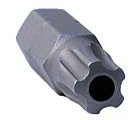
- MAF Sensor Cleaner; see above (or QD Contact Cleaner)
- 5-point star tamper-proof security torx wrench/bit; see right (optional)
- Clean old newspaper; although old newspaper is rarely clean (optional)
NOTE: Some of the items in this article may be difficult to source at hardware stores – at least that was my experience.
To make it convenient for those who wish to try out the procedure outlined in this article, I have provided links at the bottom of this page where new MAF replacements, MAF cleaners and tamper-proof torx bits may be purchased. The torx bit is optional and only required if you plan to remove the MAF sensor from its housing. You do not need to remove it from the housing if following the cleaning procedure outlined below.
IMPORTANT: If you’re buying a replacement MAF, be sure to refer to the OEM or Part No. found on your existing MAF housing to select the correct model for your car make.
Removing and Cleaning the MAF Sensor
Once you have obtained some or all of the above, let’s proceed with How to Clean MAF Sensor:
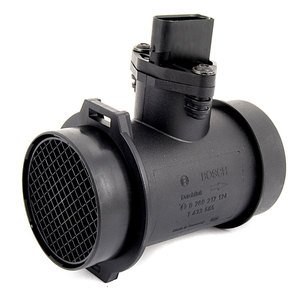
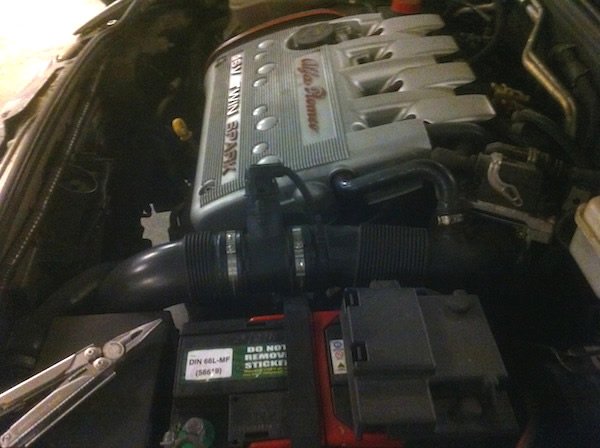


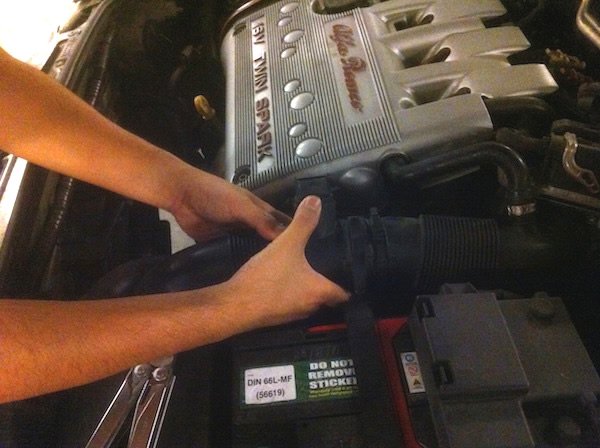
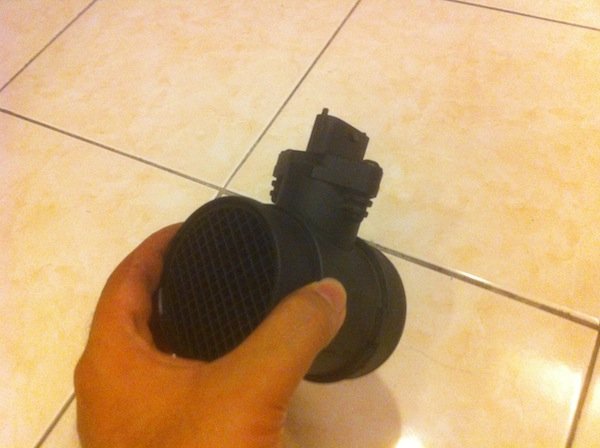
CAUTION: If you choose to remove the hot-wire sensor from its housing with the star torx bit, do so with extreme caution. Do not under any circumstance touch the hot-wire sensor with your finger or other implements. This is usually how MAF sensors often get damaged by DIYers. There is a reason why these sensors are secured with the not-commonly found 5-point star tamper-proof security torx bit. 6-point Torx bits are common, but the 5-point tamper-proof versions with a hole at the tip are rather difficult to source.
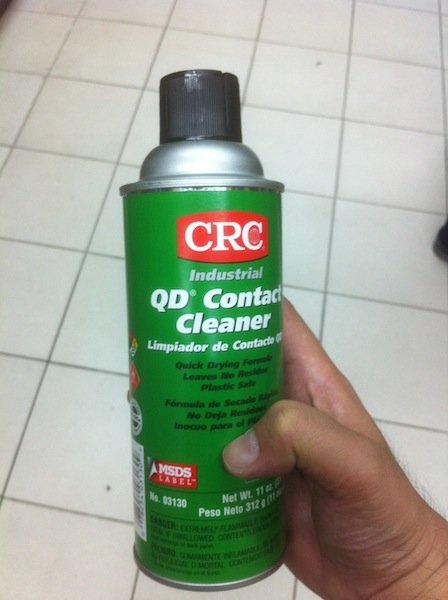
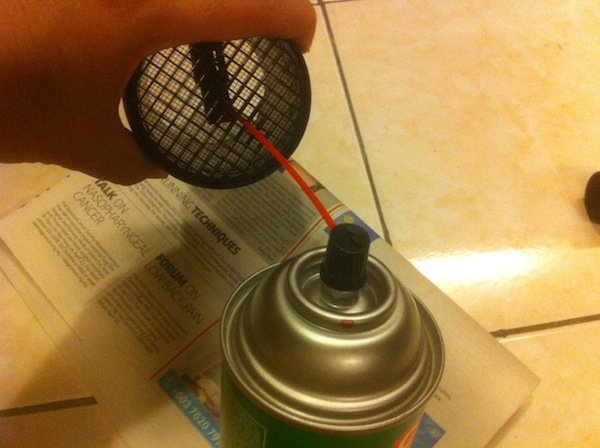
NOTE: Aim the bursts of Contact Cleaner directly at the hot-wire sensor. Do not allow the Contact Cleaner to bounce off the housing surface onto the hot-wire as that could inadvertently land some foreign matter on the sensor. It is not a big deal, but avoid it if you can. A bigger deal would be attempting to spray the Contact Cleaner at the sensor from outside the mesh or housing, introducing foreign dirt as the Contact Cleaner drips onto the sensor. Avoid this at all cost. Hence, the extender pipe is indispensable here. Make sure your MAF Sensor Cleaner or Contact Cleaner comes with it, and flush it with a few strong bursts into the air before use.

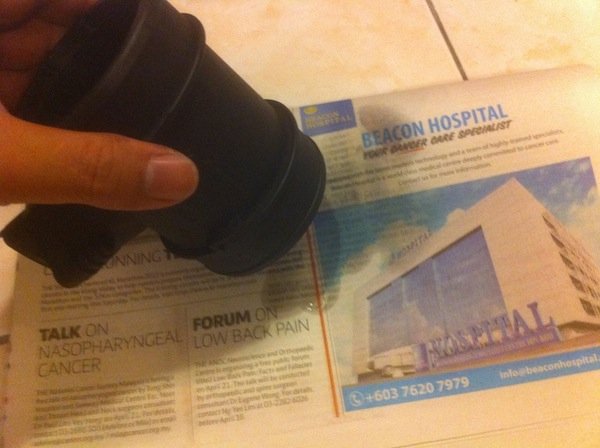
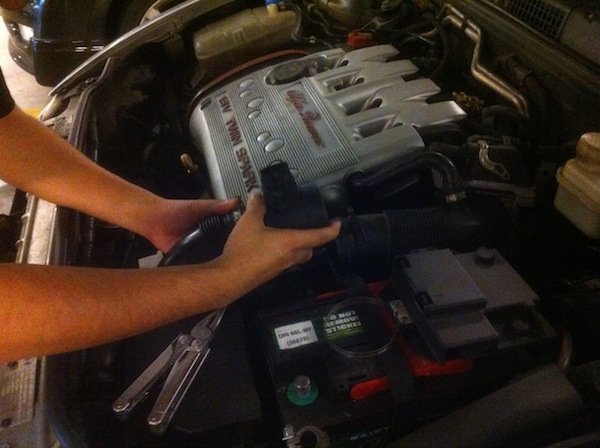
Other Considerations
NOTE: Before taking your car out for a drive, it is highly advisable that you peform an ECU and Throttle Reset on your car. Do check online or your car manual for specific instructions on how to do this for your particular car make and model. For most Alfa Romeo cars, please read ALFA ROMEO 147: RESETTING THE ECU AND THROTTLE.
Personal Findings and Experience:
After giving the MAF sensor a good clean and reinstalling it back into the car followed by an ECU and throttle reset, I took the car out for a drive.
Initially for the first few days up to a week, the fuel consumption recorded a higher reading of about 12 litres per 100 km versus the usual average of 9.7 litres per 100 km.
After the first week or two, the fuel consumption went back down to sub-10 litres per 100 km, but with better throttle response and power despite running at the same fuel economy as before.
I would recommend this cleaning at every 80,000 km, and maybe earlier at every 50,000 km if you’re using an aftermarket air filter such as the K&N drop-in replacement that requires oiling of its cotton pleats as a small amount of this oil may have found its way onto your MAF hot-wire sensor.
SEE ALSO:
- Alfa Romeo – How to Reset ECU and Throttle
- Alfa Romeo – Installing K&N Air Filter
- Alfa Romeo – How to Fix a Squeaky Clutch Pedal
Other related sites of interest:
- Alfa Romeo main website
- Alfa Romeo USA
- Alfa Romeo Canada
- Alfa Romeo UK
- Alfa Romeo New Zealand
- Alfa Romeo at Car and Driver
- Alfa Romeo on Wikipedia
NOTE: PLEASE CHECK YOUR OEM OR PART NO. FOUND ON YOUR EXISTING MAF HOUSING TO ENSURE THAT THE MODEL IS SUITABLE FOR YOUR MAKE OF CAR.
